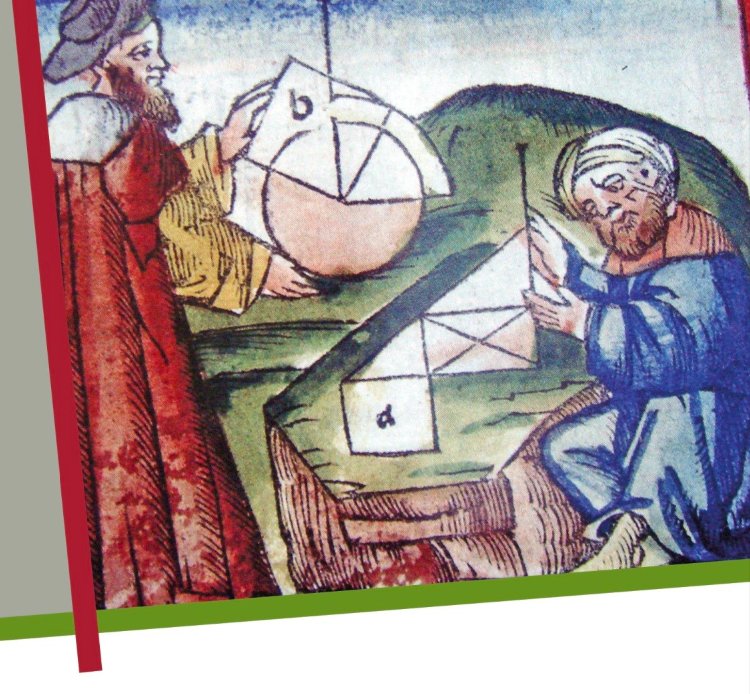MBM Lab SEMINAR - Estimating Fluid Exchange between Brain and Subarachnoid Space using Poroelasticity and Finite Elements
27th March 2025 11:00 CET

Speaker
Beatrice Ghitti, Auckland Bioengineering Institute, Auckland, New Zealand
Abstract
The brain, suspended in cerebrospinal fluid (CSF) and not attached to skeletal muscles, moves within the skull. The origin and physiological impact of this movement are yet to be understood, but we suspect that it may substantially contribute to CSF circulation and clearing of toxic metabolites from the central nervous system (CNS). In this work, we propose a computational model of the mouse CNS to investigate how mechanical stimuli transmitted directly to the CNS promote fluid exchange between brain and the subarachnoid space (SAS). A mixture-theory-based poroelasticity model is adopted to represent both brain and SAS, each with its own constitutive properties. The model’s numerical implementation is through an arbitrary Lagrangian–Eulerian finite element method (FEM). Both pressure and fluid velocity can be discontinuous across the brain/SAS interface. Among the numerical challenges encountered are the enforcement of the constituents’; incompressibility condition and the enforcement of the jump conditions at the brain/SAS interface. We simulated how the CNS moves in response to mechanical stimuli provided by the vertebral venous plexus (VVP), a network of veins that can communicate pressure changes from the thoracic cavity directly to the dura of the spinal cord. In this talk, after reviewing our modeling choices, I will present our FE numerical implementation. I will then present results indicating that the VVP-CNS interaction can induce CNS motions promoting appreciable brain/SAS fluid exchange. While our geometry is highly simplified, these results are encouragingly in line with experiments, supporting the idea that brain motion is a driver of CSF circulation. This is a joint work with Mohammad Jannesari, Patrick J. Drew and Francesco Costanzo.
Contact person: Laboratory of Mathematics for Biology And Medicine Research Group (Lucas Omar Müller).
Where
Aula Seminari - Povo0, Via Sommarive 14, Trento
